Photographing an advertising campaign for Apple is the kind of assignment photographers dream of—but shooting it all on a mobile phone over the course of one night sounds like the ultimate challenge.
And that’s just what Apple did to showcase the incredible low-light camera on the iPhone 7—they hooked up with photographers all over the world to “capture life from dusk till dawn.”
Arif Jawad, a 500px photographer based in London, was one of the lucky few tasked with the challenge. Since then his photos have appeared on billboards all over the world. Here at ISO, we love sharing stories of 500px members finding success in photography so I contacted Jawad to find out all the details about Apple’s “One Night on iPhone 7” assignment, mobile photography tips and his next project.
Q: How did Apple discover your photography?
A: I post most of my work on photo sharing sites such as 500px and Instagram. Apple discovered me via Instagram and during our talks, they mentioned they particularly liked an image I took of the Crystal Palace fans cheering during the FA Cup finals of 2016.
Q: What was the assignment brief you received from Apple?
A: The objective of the brief was to capture London from dusk to dawn with the iPhone 7, and to capture the motions, emotions, and the sights that make a particular night in London special.
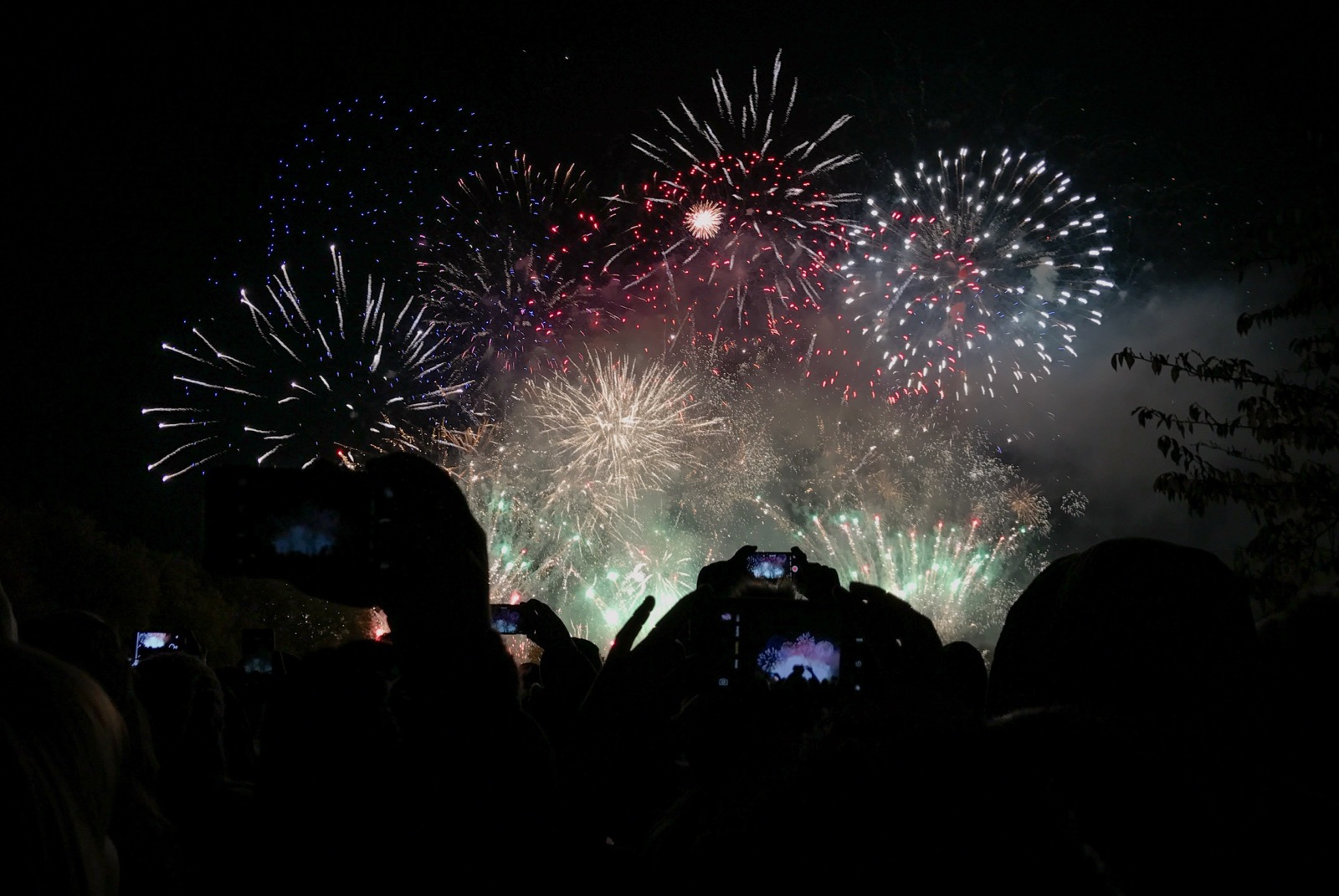
Q: What was your process for photographing this campaign? How much did you shoot? Did you know which photo they were going to use?
A: All the photos for the campaign were shot on a single night from sunset through to sunrise. For certain chunks of the night, I visited a list of locations that were planned after talks with the creative team. These locations covered areas showcasing the unique characteristics that the magnificent city of London displays during a particular night. In those 16 hours (roughly), I captured approximately 5500-6000 pictures that covered a range of genres, including portraits, urban landscapes, and street photography. In addition, I also recorded 15-20 videos ranging from timelapses to slo-mos. The experience absolutely exhilarating.
I was not informed about the selection of the photos to be used until the global launch date which was on Monday, January 30.

Q: What was it like to see your photos in the campaign for the first time, where were you?
A: I was at home when I first got notified that Apple had just released the journal article covering the campaign. It was absolutely ecstatic when I recognized that my photos were used not only to cover the campaign, but were also featured in the video advertisement that Apple released. Afterwards, when I recognised the first billboard where my photos were used, I was speechless. I would go as far as to say that that would be one of the most memorable times of my life, to spot my work being featured in such a platform where millions of people get to view my work every single day.
Q: What’s the biggest challenge when it comes to mobile photography and how do you overcome it?
A: The quality of the images produced is, in my opinion, one of the biggest challenges of mobile photography. Especially at night, where low light conditions prevail and where even state of the art cameras start to struggle, it takes a lot of effort to get optimal quality images using a smartphone.
Mobile photography has improved heaps and bounds since its inception. The low-light performance of the iPhone 7 camera is exceptional; it gives excellent image quality with very little effort. Time will only keep making the technology involving mobile photography better, ultimately helping to overcome that issue.
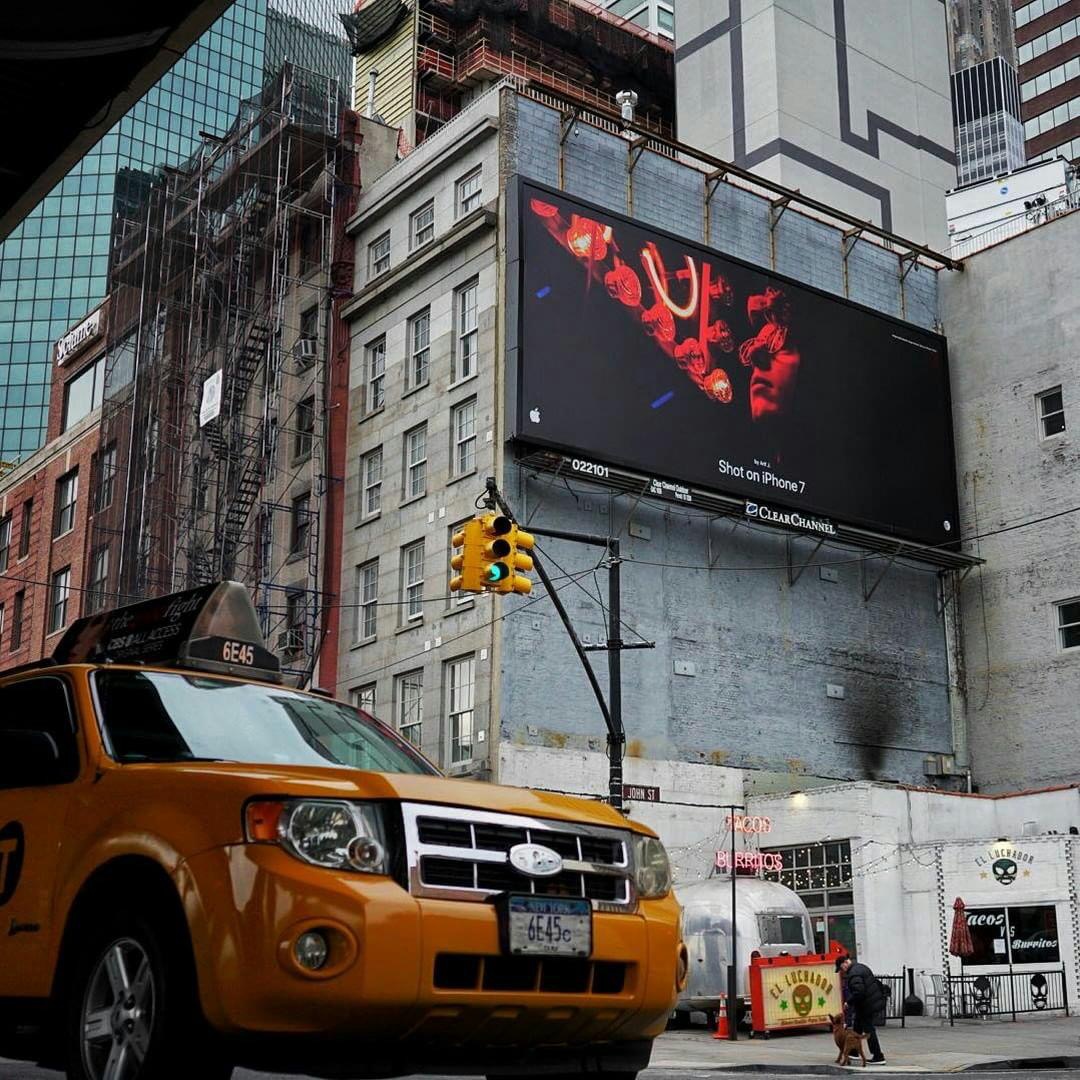
Q: What was your post-processing like for this assignment?
A: Because of the iPhone 7’s incredible low-light performance, almost all of the shots I shot required extremely minimal post-processing. I only used mobile applications. Most—if not all—of my images, including my chosen photos for the campaign, involved very minor contrast, sharpness, and color adjustments using Snapseed and VSCO for Mobile.
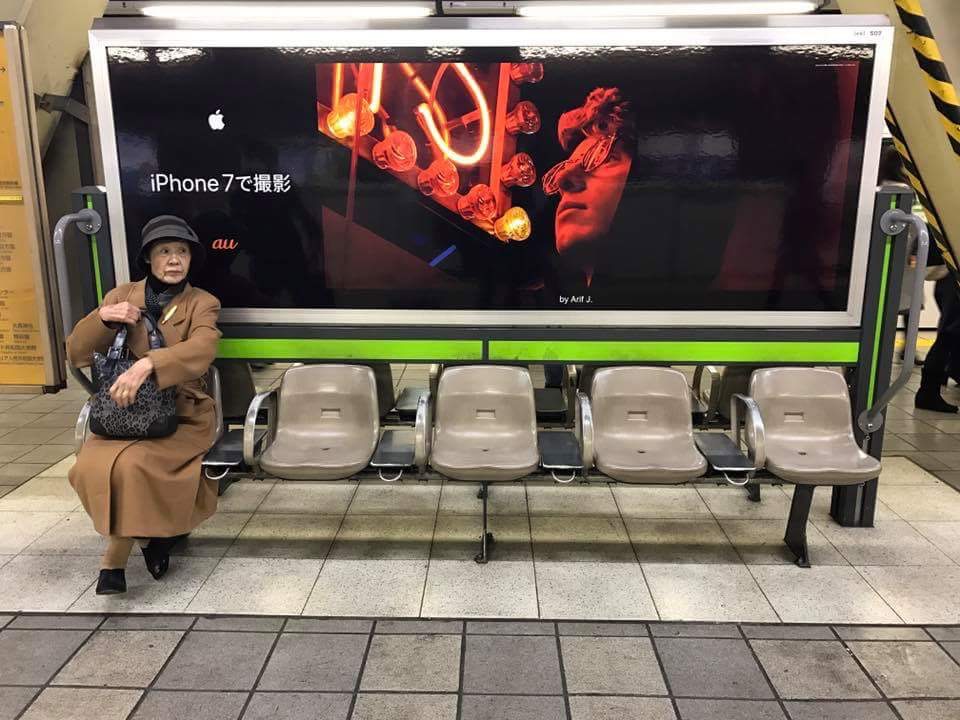
Q: Do you have a favorite mobile photography tip?
A: Try manually adjusting exposure by long pressing on the focus button and by dragging the slider up or down to omit unnecessary detail (slider down) or keep extra detail (slider up).
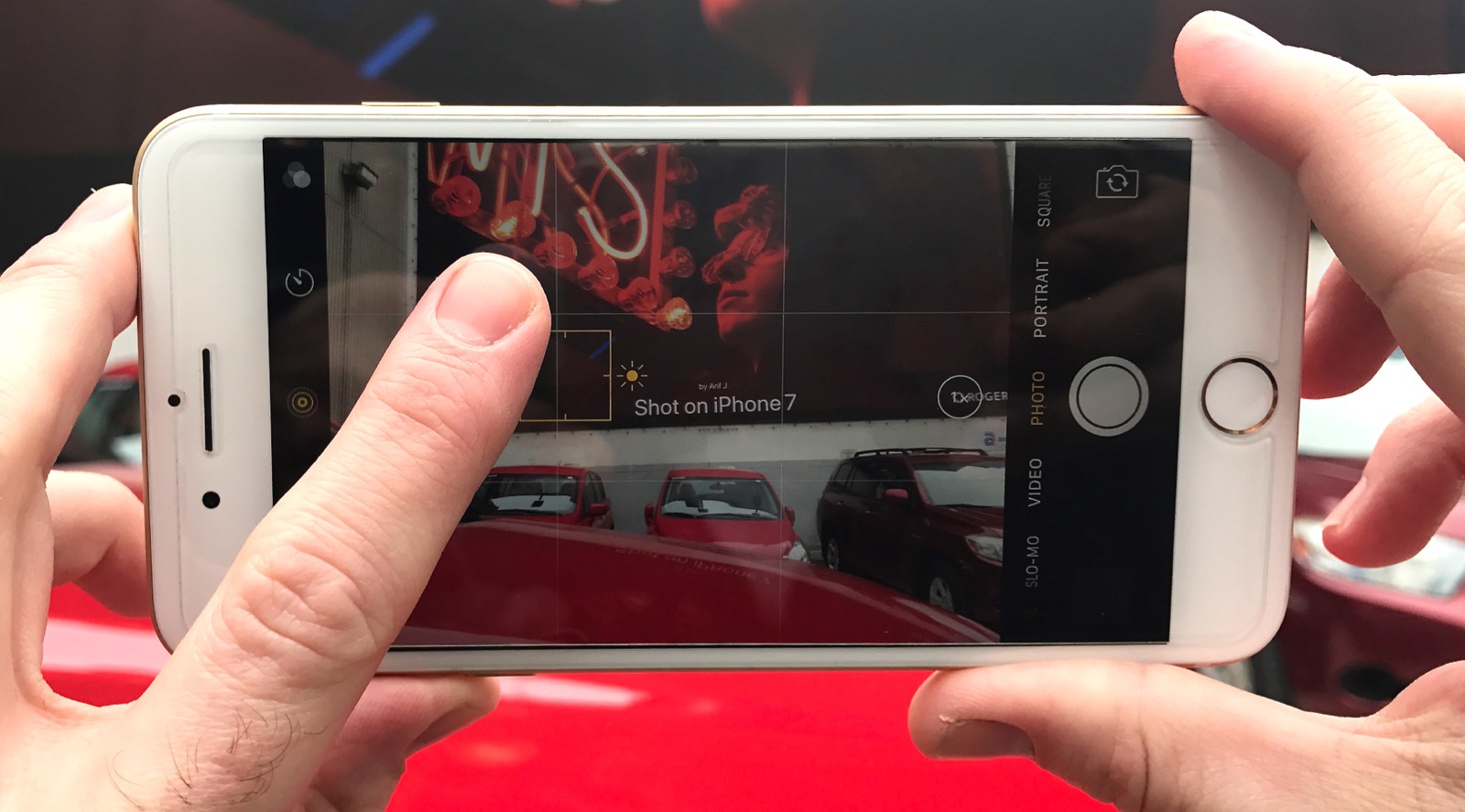
Q: How would you describe your photography style and how has it evolved over time?
A: I do not have a particular word or phrase to describe my photography style at the moment. I would love to call myself a street photographer, but I am nowhere near to reaching the level where I can call myself one. However, I am attracted to taking pictures of occurrences or events that would probably never happen twice. This involves scouting around streets and public areas looking for one of those “happy accidents.”
London architecture and the way it was portrayed by the most popular photographers of London at the time fascinated me. It was where I learned about concepts such as vanishing points and symmetry and got to realize what “look-up” and “#sayhitothewater” shots were.
However, with the photography platforms being oversaturated with such pictures, I started realizing how crucial it was for me to separate myself from the rest. It was then when I was exposed to street photography and I got hooked instantly.
For me, street photography is more about the feeling it evokes rather than the pictures themselves. It is more about how I felt a sense of invulnerability once I am out on the streets and “in the zone.” Having a sense of how unpredictable these streets get is what motivates me to keep going out and shooting. The feeling of reward and fulfillment you get from having been able to document something that might not ever happen again is unmatched.
I am just beginning my journey towards photography and my love towards its innumerable iterations has massively altered over time. It all boils down to the places you get inspiration from at different times of your life and how you can translate that into the stories you want to tell through your photographs.
Q: How has photography impacted your life?
A: Photography has completely changed my life. It has enabled me to surround myself with extremely talented creatives that help me improve every day and keep inspiring me. In addition, it has given me the ability to view things from multiple different perspectives and the ability to see the bigger picture, which I can apply not only in my process of creating images, but also in many different life situations.
Q: What has photography taught you?
A: There is always something new to learn every day; something new to discover every day. The only way to improve your photography is to practice it as much as you can. It takes an excruciatingly long time to get that perfect image at times and for those times, patience is crucial. Nothing worth having is easy.
Q: What’s your next photography project?
A: I am an international student based in London. This will be my final year of living in this beautiful, vibrant city, unless future circumstances prove otherwise. Hence, I have decided to document my experiences, from arriving in this city as a foreign student for the first time to now. I was not very much into photography during my first and second years of living in London, therefore I did not document my experiences then as I should have. I have been trying to recollect the moments I experienced during those times and recreate them. My main objective of my current project is to showcase the journey of an international student to my viewers including all the struggles and the rewards that comes with it.

Arif Jawad is a photographer based in London, UK. Follow Arif’s photography on 500px and on the web:
500px: 500px.com/firadawaj
Instagram: @firadawaj
Twitter:@firadawaj
Additional photos from Apple’s “One Night on iPhone 7”
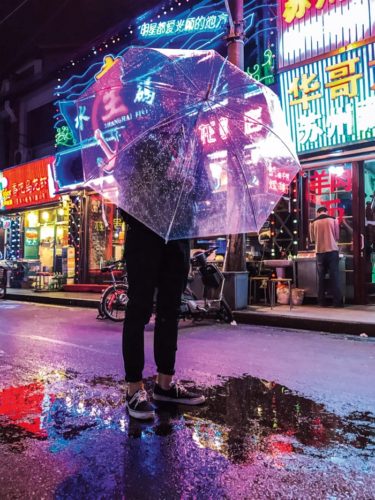
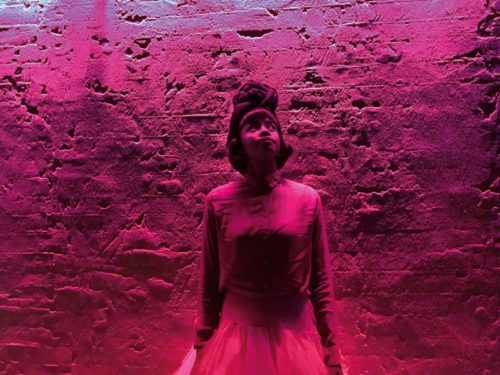
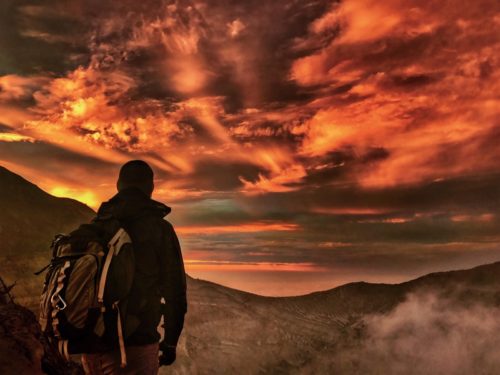
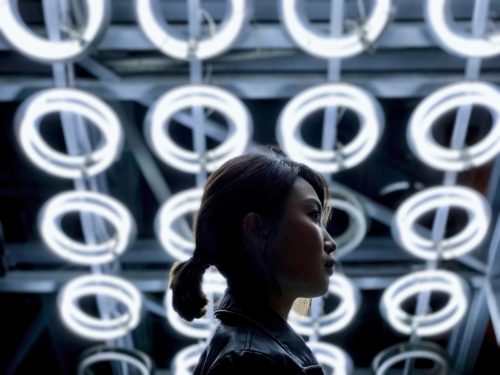
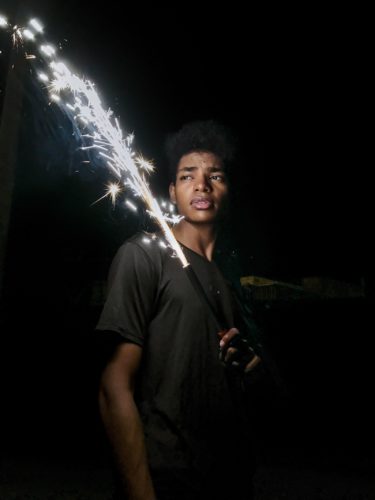
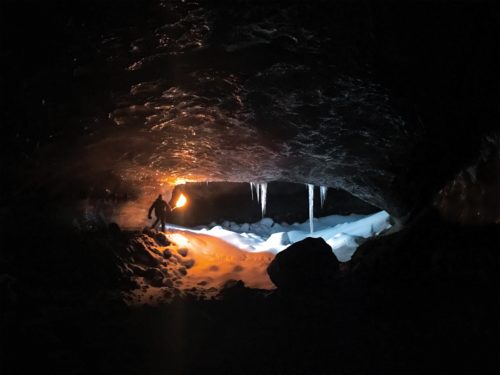

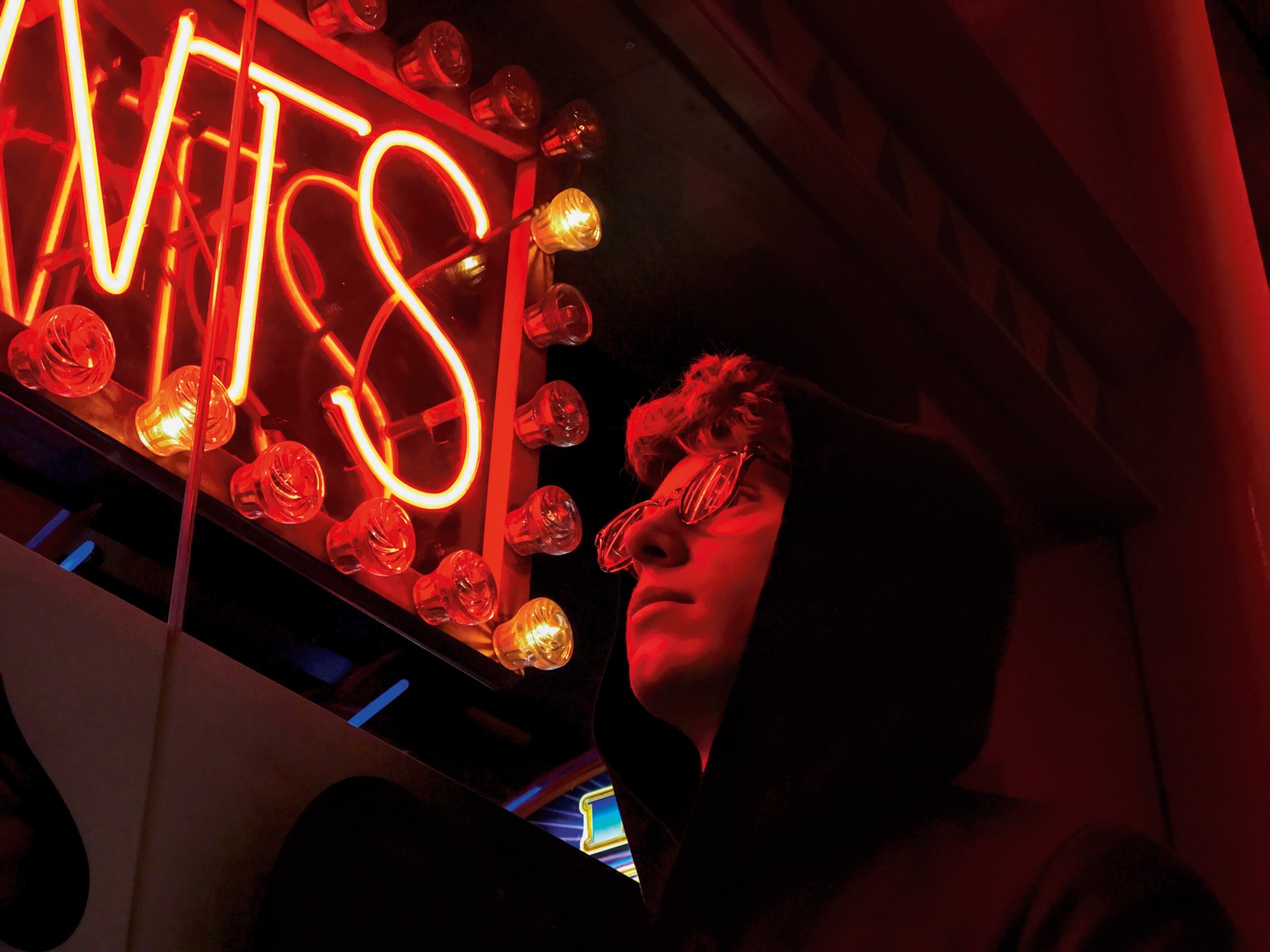





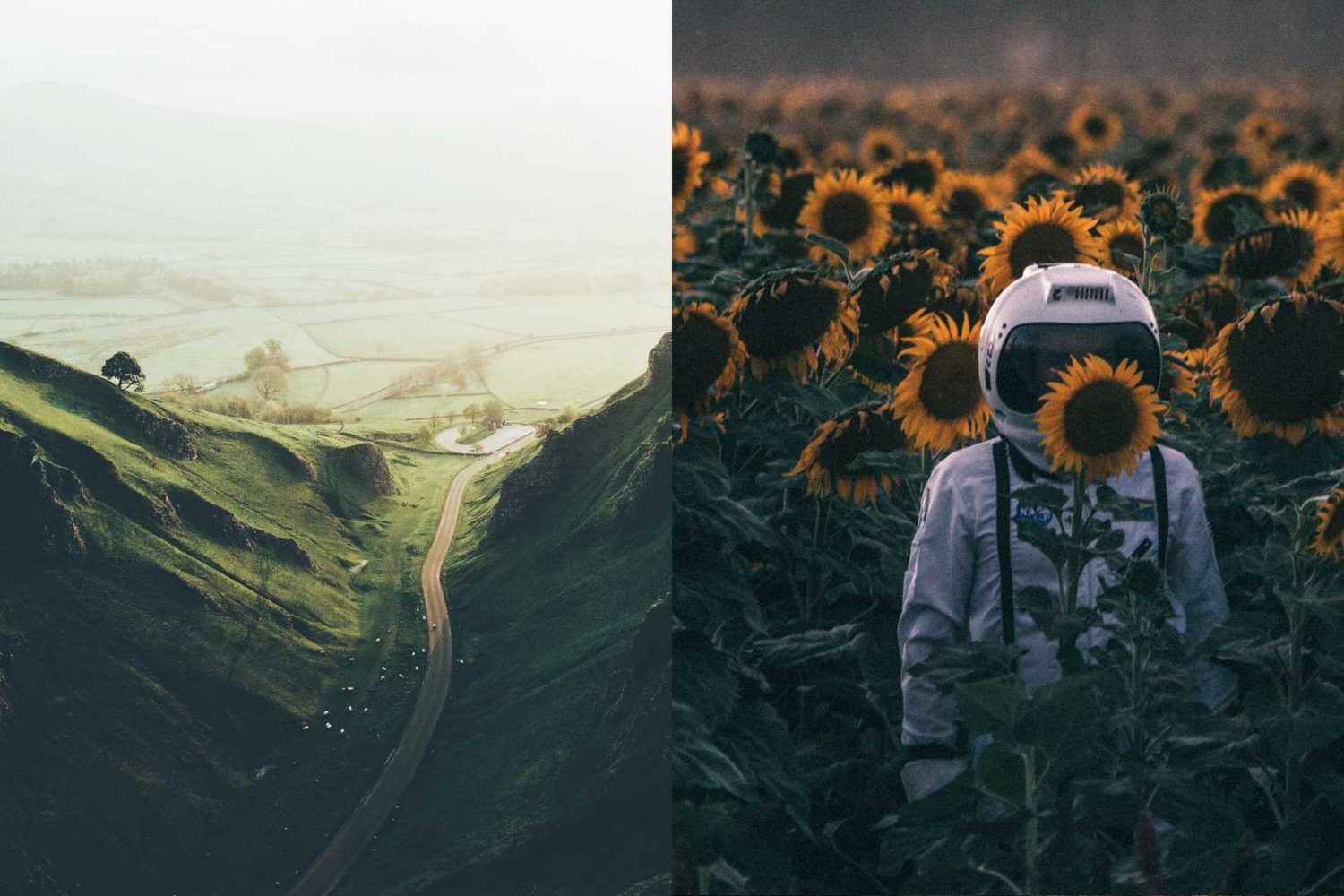
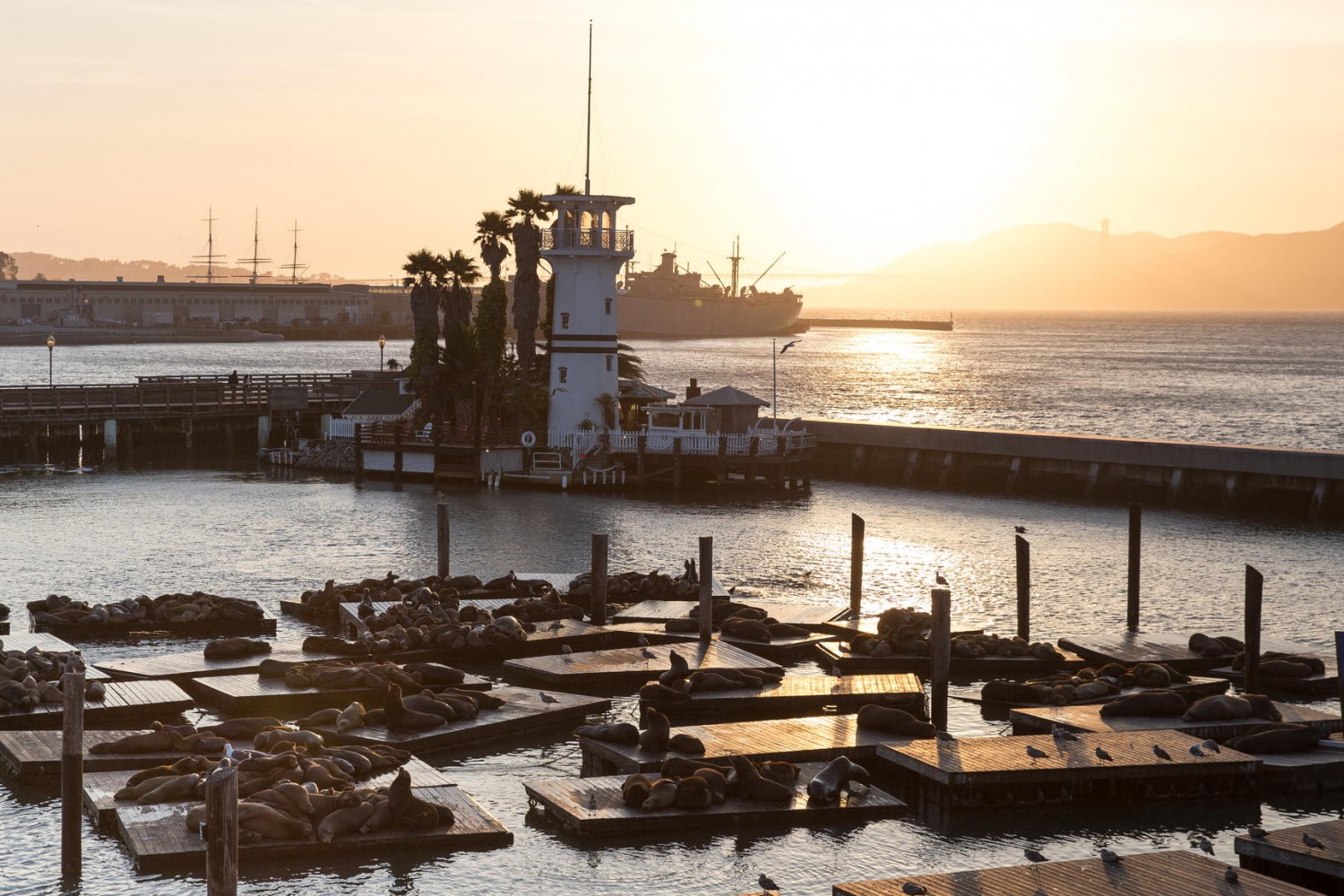


Leave a reply